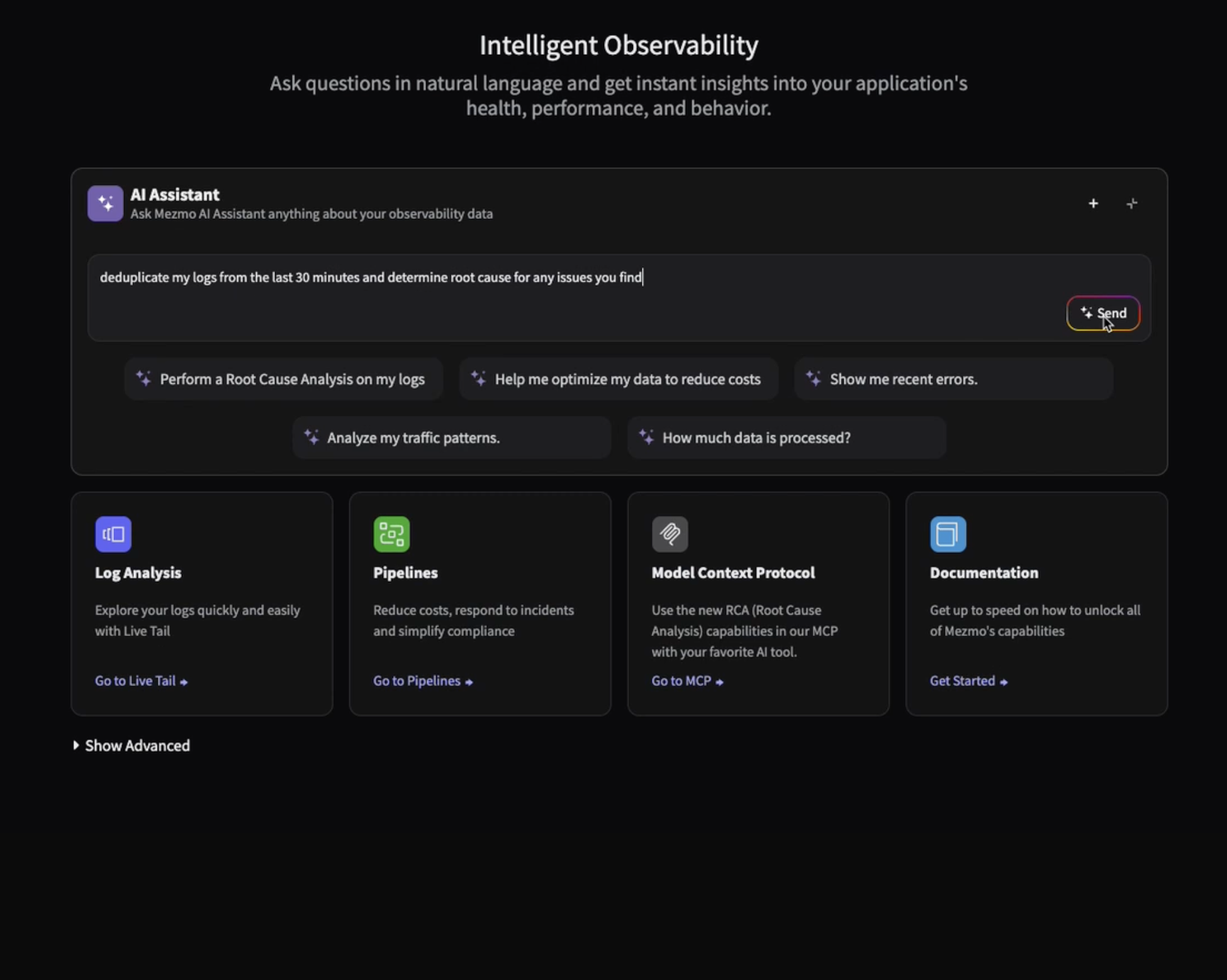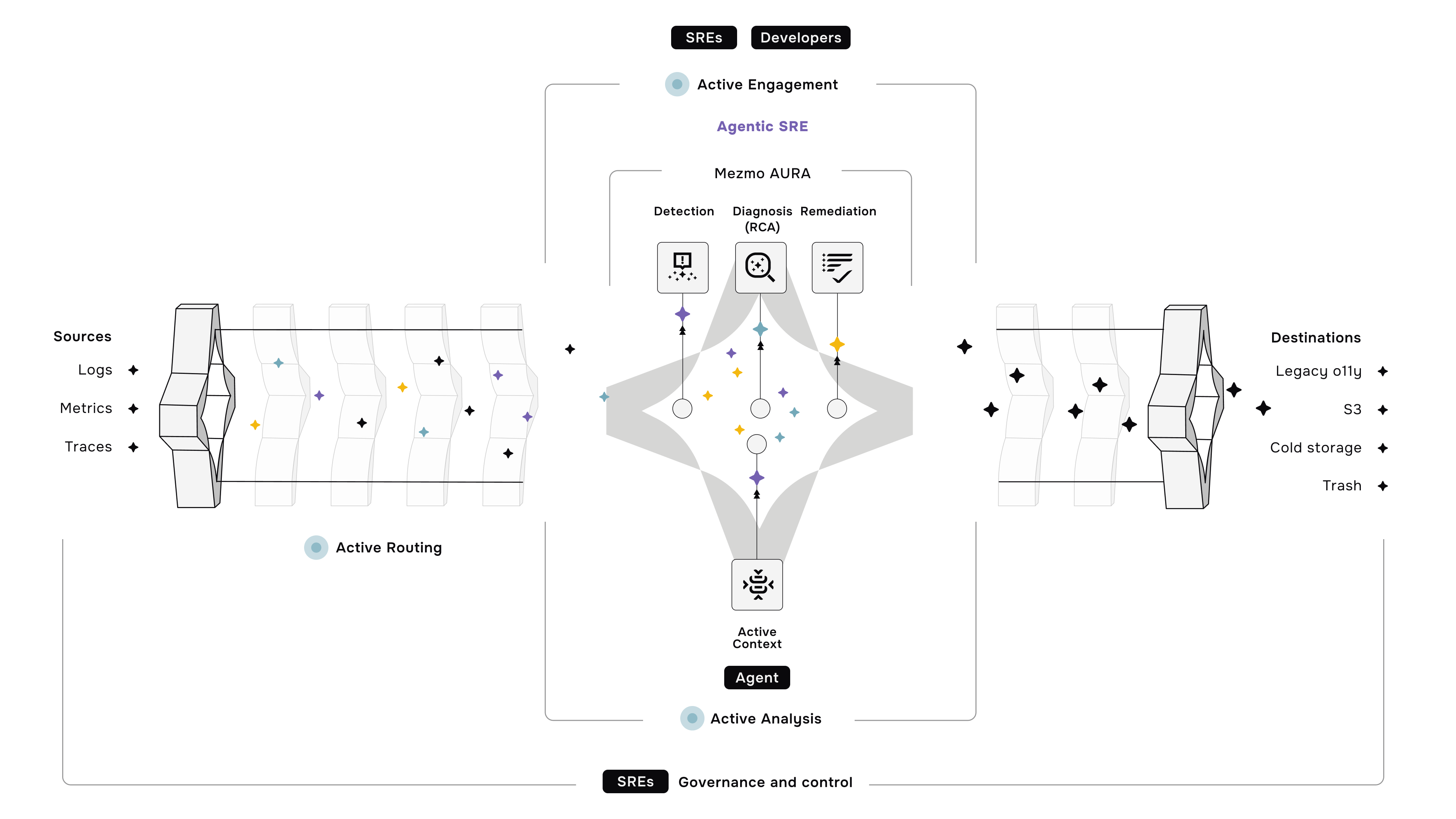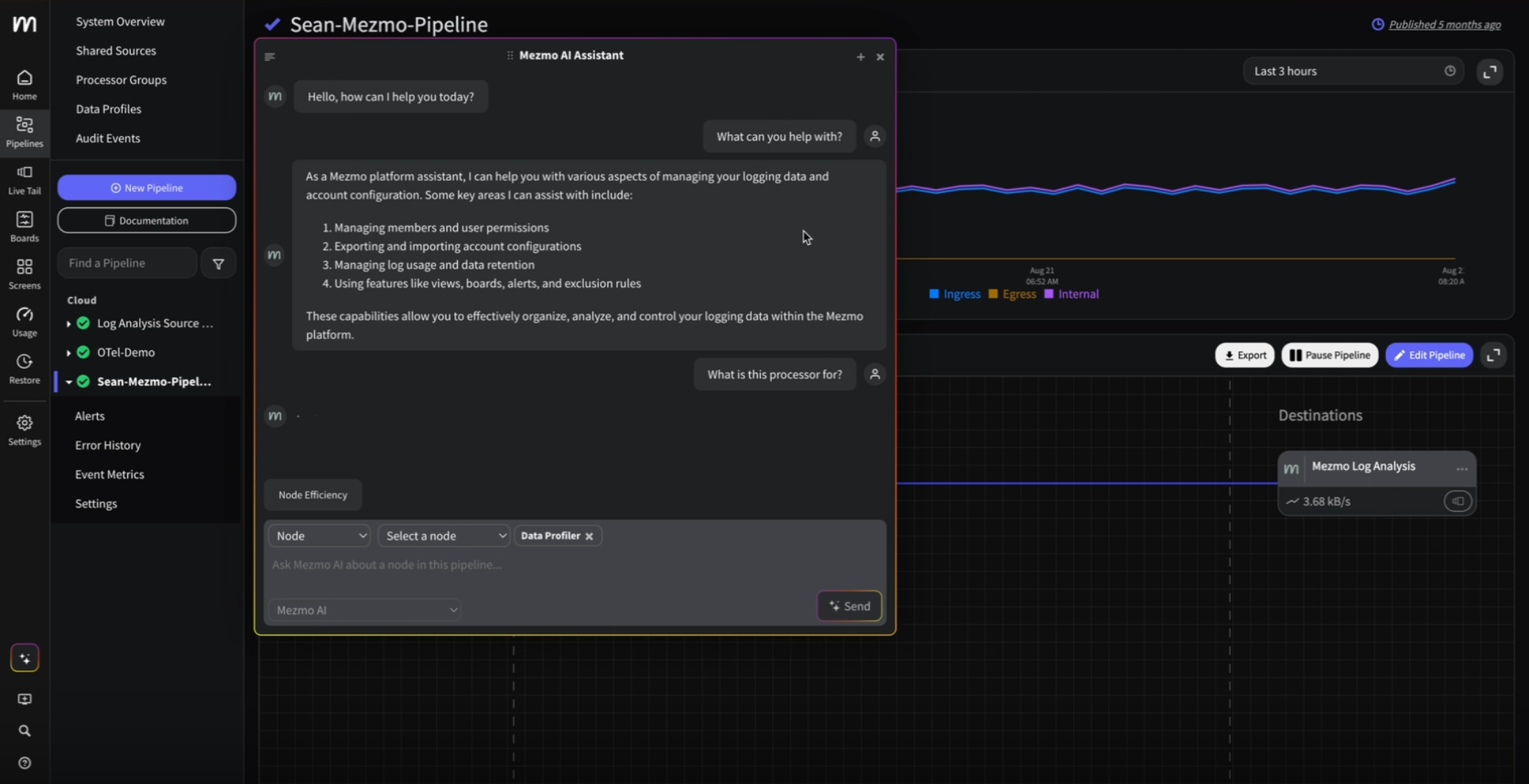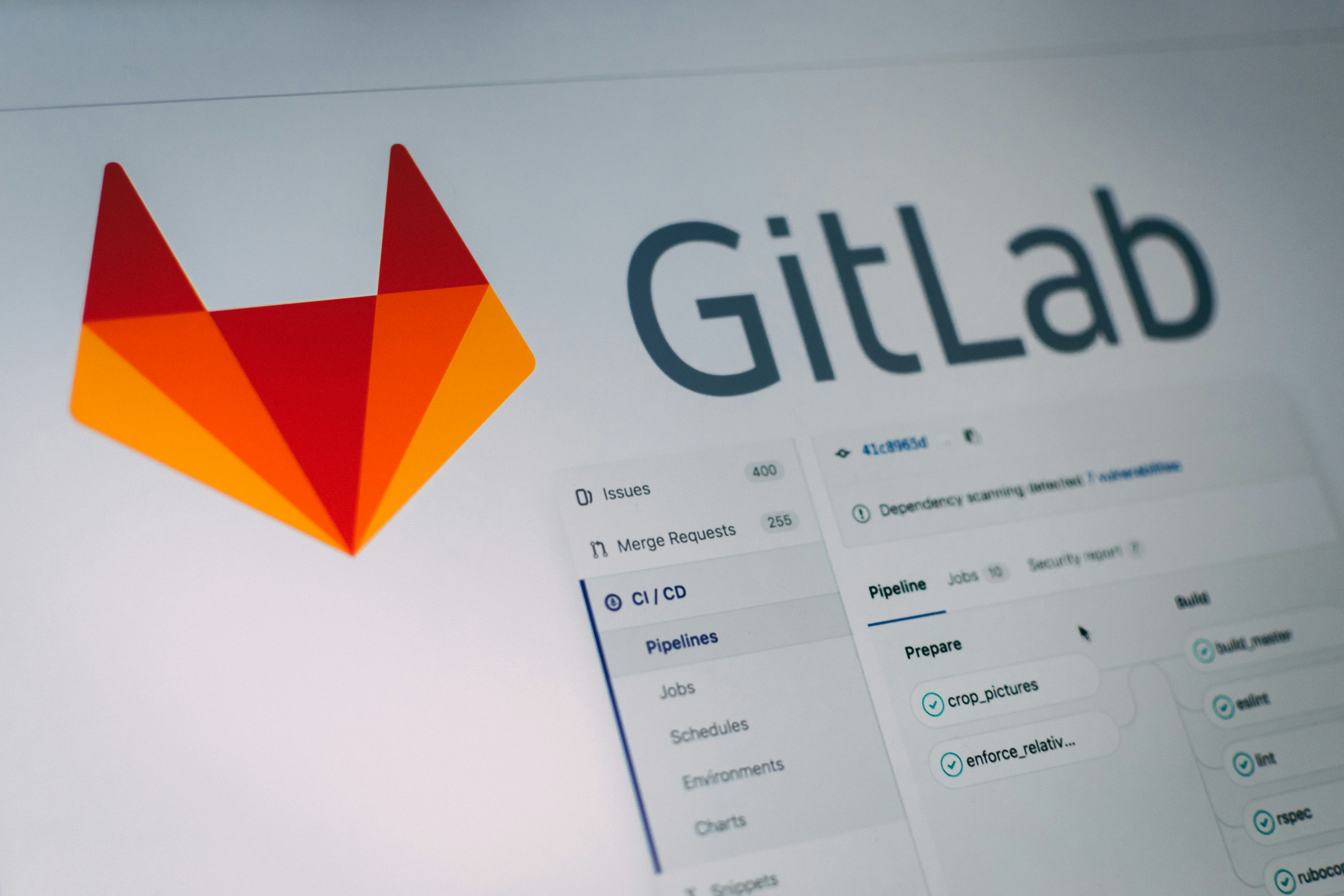Webinar Recap: What Is An Observability Pipeline?
Observability data is mission-critical for businesses that want to provide stellar customer experiences, remain secure and compliant, and mitigate risk.
However, organizations are creating more data as they expand their digital presence. Its increasing volume and complexity have teams looking for solutions that enable them to better control that data, derive more value by making it actionable, and all while keeping their costs under control.
I had the pleasure of hosting a webinar last month in collaboration with DevOps.com to explore one solution - observability pipelines. In the webinar, I introduced the concept of an observability pipeline, defined its key components, and highlighted a few business impacts that should motivate organizations to take charge of their telemetry data using one.
Highlights From the "What Is An Observability Pipeline" Webinar
The webinar is now on-demand for anyone who missed the initial experience or wants a refresher on observability pipelines. You can watch it here.
For those who want the abridged version, here is a recap of the discussed topics.
Identifying the Cost-Curve Problem
Data is the "oil of the 21st century." Businesses depend on it to power virtually every aspect of their operations—from software development and management to sales and marketing, strategic planning, and beyond. Companies that can effectively access, manipulate, and leverage their data gain competitive advantages. Observability data is a significant subset that is experiencing some seismic shifts. With organizations investing more in their digital business, the number of apps and environments to support them is increasing. As a result, data is exploding and becoming more challenging to control.
In addition, enterprise budgets and resources aren't keeping up to manage this influx of data, and the skills required to leverage it are limited.

There's a drastic disparity between the value organizations get from their data and the amount of time, energy, and money they invest. The gap continues to widen as digital investments grow, leaving teams with the impossible choice between ensuring they have enough observable surface area and keeping costs under control. In either case, it risks the business' financial health, security, and customer experience.
Why Business Struggle
Processing large volumes of machine data is a big challenge for organizations. I believe that the that companies face boil down to three key things missing from their current workflow—control, context, and actionability.
Lack of Control
Enterprises have their data scattered across dozens of systems and applications, making it challenging to manage as their volume increases. Not only that, but the rate at which the data increases is disproportionate to budgets and spending, driving storage and computing costs through the roof. To help manage costs, companies need help identifying what is necessary and what is noise.
Lack of Context
Lack of context is often a side effect of enterprises not having adequate data control. Companies struggle to gain context from their data because it is not easy to use and, in most cases, isn't human-readable. It arrives in various formats and often needs manual preparation or cleanup before it's usable or valuable. Having to shuffle through this data to understand and take action manually isn't optimal and saps time, energy, and resources that teams can spend elsewhere.
Lack of Actionability
With data all over the place and companies unable to derive insight, it's near impossible to take action. When taking action is possible, it's often delayed and inconsistent, as the analysis and interpretation of the data depend mainly on the skills and knowledge of the engineer. Manual efforts also increase the time spent on understanding data and the risk of error because pattern detection isn't automatic. Companies stuck here often have other teams relying on a small subset of experts to locate and contextualize their data for analysis, creating bottlenecks that pose significant risks to the business.
Observability Pipelines Offer Affordable Data Management Without Compromising On Insights
Observability pipelines can standardize how teams interact with data across the business and ensure that it is made available to consumers in formats they need to use. From a central control point, you can ensure that every team gets the most value from observability data, all while controlling costs.
Observability pipelines play a central role in helping businesses put data to use, no matter how much they have to work with, what the use case for that data is, or how diverse the information is in terms of type and format.
Deciding to make observability pipelines your data management solution is the first step. Next comes understanding which pipeline solution meets your business needs and the key features you need to evaluate. It would be best to separate the fluff from the factors and traits you need to derive the most value from your data.
Tip: To understand the factors that you should consider and the questions you should have answers to when evaluating an observability pipeline solution, check out this guide for decision-makers.
Mezmo Can Help
Mezmo provides a cloud-based observability pipeline to control, enrich, and correlate machine data across domains to drive actionability.
The Mezmo approach to solving the cost-curve issue includes enabling users to simplify access, take control of, and take immediate action on their data through our Observability Pipeline.
Talk to a Mezmo Solutions Specialist or request a demo to learn about Observability Pipeline.












.png)
























.png)



































































